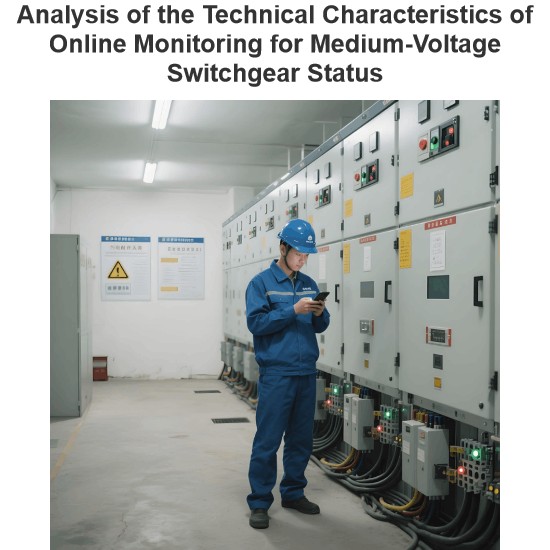What is the maximum rated current of the fuse?
A fuse is a device used for circuit protection, the main function is to cut off the circuit in the case of overcurrent to prevent damage to the equipment or line. The rating of the fuse mainly refers to its rated current, not rated voltage, because the main role of the fuse is to protect the circuit from overcurrent, not overvoltage. The following is a detailed explanation of the rated maximum current of the fuse and its reasons:
Rated current of the fuse
Rated current
The rated current of the fuse refers to the maximum current value that the fuse can carry continuously without fusing under normal working conditions. This rating reflects the maximum current that the fuse can withstand over a long period of time, beyond which the fuse will blow to protect the circuit.
Why isn't the fuse voltage rated?
Circuit protection principle
The main purpose of a fuse is to protect the circuit from overcurrent. Current is a factor that directly affects the accumulation of heat in components (such as wires, connectors, etc.) in a circuit. When the current exceeds a certain limit, the heat accumulation will cause the equipment to overheat and even cause a fire. Therefore, fuses are designed to fuse quickly when the current exceeds a predetermined value, thus cutting off the power supply.
Voltage action
The voltage determines the size of the current, but it is not the direct cause of the fuse failure. In a circuit, the function of voltage is to push the current through the circuit. The function of the fuse in the circuit is to limit the current, not the voltage. Even if the voltage is high, as long as the current does not exceed the rating of the fuse, the fuse will not blow.
How to determine the rated current of the fuse?
Load analysis: It is first necessary to determine the load current in the circuit, that is, the maximum current when the circuit is working normally.
Select the right fuse: Select the fuse with the right rated current according to the load current. A fuse that is slightly larger than the load current is usually selected to ensure that the circuit is not mistakenly cut off during normal operation.
Margin consideration: Considering the transient current (such as starting current) and other uncertainties that may exist in the circuit, fuses with rated current slightly higher than the load current are usually selected to leave a certain safety margin.
Other ratings of fuses
In addition to the rated current, fuses have other ratings:
Rated voltage: Although the fuse is not mainly based on the rated voltage to operate, but the fuse also needs to operate in a specific voltage range. Rated voltage refers to the maximum voltage value at which the fuse can work normally.
Breaking capacity: The breaking capacity of the fuse refers to the maximum current value that it can withstand when cutting off the circuit. This value is usually much higher than the rated current to ensure that the fuse can reliably cut the circuit in case of overcurrent.
Time-current characteristics: Fuses have different time-current characteristics curves, indicating the operating time of fuses at different current levels.
Sum up
Fuses are mainly selected by their rated current, because their main role is to protect the circuit from overcurrent. Although fuses also have a rated voltage, this value is to ensure that the fuse will operate properly within a specific voltage range. When choosing the fuse, it is necessary to consider the load current, the working voltage of the circuit and the breaking capacity of the fuse.
The Electricity Encyclopedia is dedicated to accelerating the dissemination and application of electricity knowledge and adding impetus to the development and innovation of the electricity industry.













